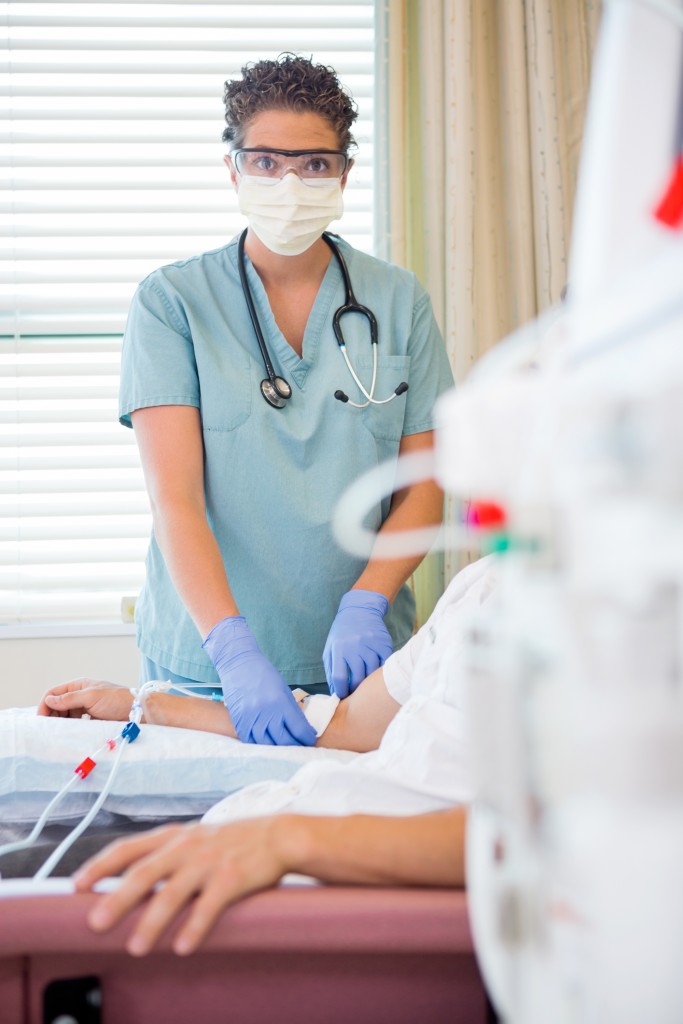If you want to break into the medical industry, one business option is a kidney dialysis center. Market data revealed that this segment grew to $24.7 billion in 2018. It’s about a 5% increase compared to the previous year. The number of patients seeking the procedure for both acute and chronic kidney failure is also rising. At least 500,000 people are in end-stage renal disease.
The question is, what do you need to start such a facility?
1. Equipment and Supplies
First on the list is the equipment. You need dialysis machines which you can buy new or used. A pre-made one may cost you $6,000, but you are more likely to boost your reputation fast by investing in new ones.
When choosing dialysis machines, make sure they have reliable and durable filtration plates. Plastic molding companies can customize them for you, depending on your needs. These days, they can combine polymer resin with other additives to improve the plates’ strength.
You also need suppliers for the following:
- Dialysate, which is a solution that helps filter blood waste and add electrolytes
- Blood thinners, which help prevent blood clotting
- Infusion pumps
- IV poles
- Wheelchairs
- Freezers and refrigerators
- Oxygen tanks
- Defibrillators
- Carts
- Glucose monitoring device
2. Chairs
With chairs, you need two kinds: one for blood drawing and the other is reclining. Blood drawing is an essential step to ensure the patient is fit to undergo dialysis.
Medical recliner chairs, meanwhile, allow the patient to sit comfortably throughout the procedure. Dialysis usually lasts for about four hours each session. These seats feature caster wheels, so it’s easy for hospital staff to move the patient when necessary.

3. Generator
A power outage is a significant problem for both kidney dialysis centers and the patients since machines need electricity to run. When the patient is attached to a dialyzer during an outage, the staff needs to hand-crank the blood pump to avoid blood clots and return the blood safely to the body.
While you cannot control outage, you can create an emergency preparedness plan and secure enough generators for your facility. A large generator may cost around $1,500, and it can provide up 12 kilowatts of energy.
4. Space
Space may refer to the location of your dialysis center and its size. When it comes to the site, find one that’s close to your target market. Most chronic kidney disease patients have to undergo the procedure many times a week. It will help them remain compliant when they can access the center conveniently.
As to space, it depends on the state’s building code. Usually, each dialysis station (which includes the chair and the machine) should be at least eight square meters. Each of these needs to have some form of privacy screening, such as curtains. You may also provide private rooms, VIP rooms, or suites.
The hallways should be enough to wheel the chairs or allow doctors and other staff to move around freely. An exam room can be 10 square meters. A November 2006 study revealed some ideas on the design, color, and acoustics for dialysis centers. You can get plenty of ideas on the layout and lighting, for example.
Opening a dialysis center is time-consuming, capital intensive, and challenging. For example, you need to secure accreditation from the state’s health agency and business permits and licenses. All these may be worth it when you know you are helping fill the gap in the industry. You are earning and saving lives.

